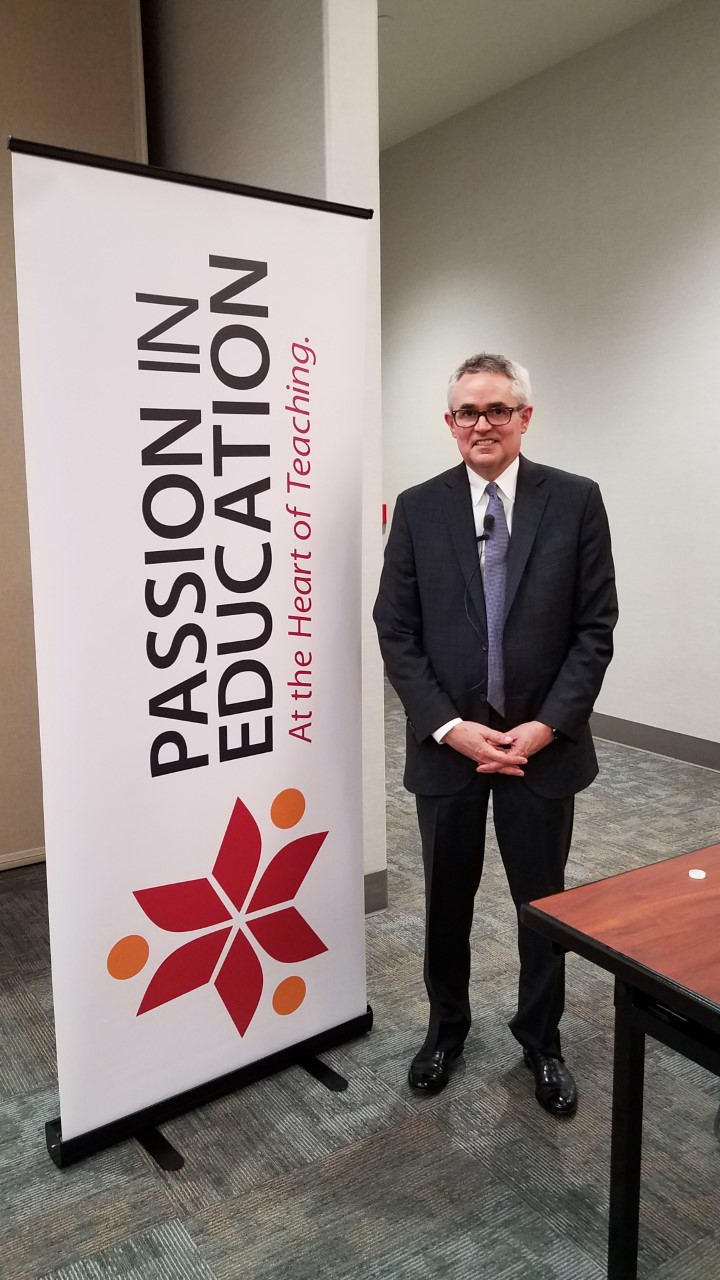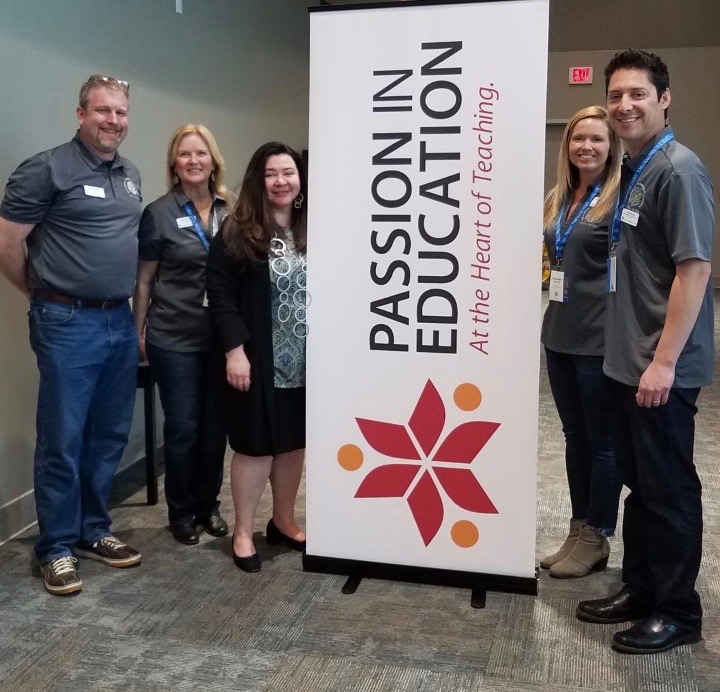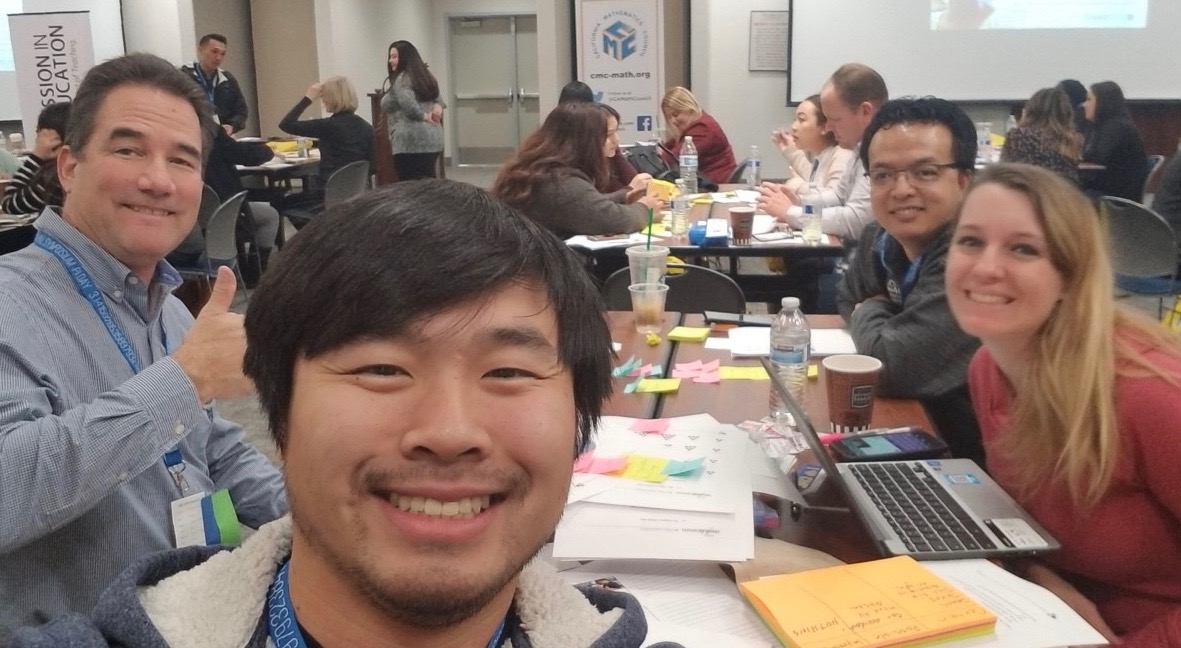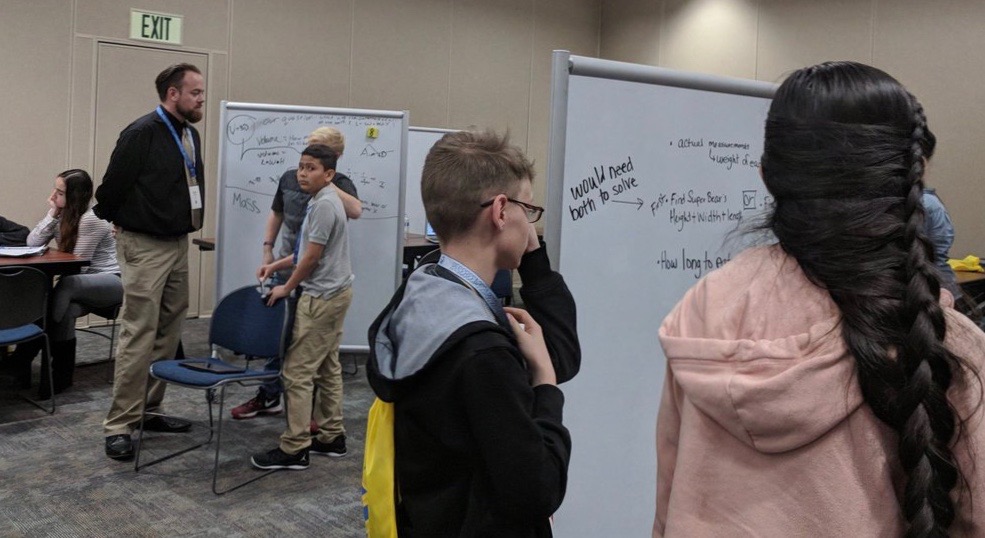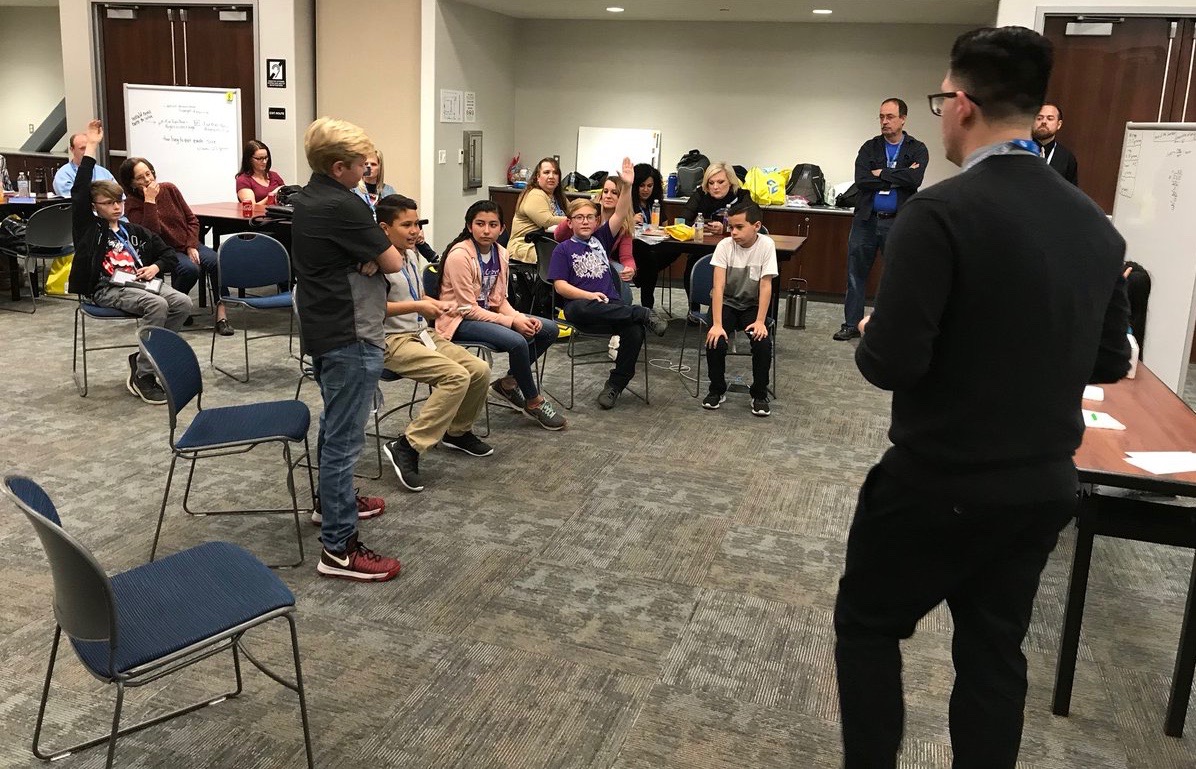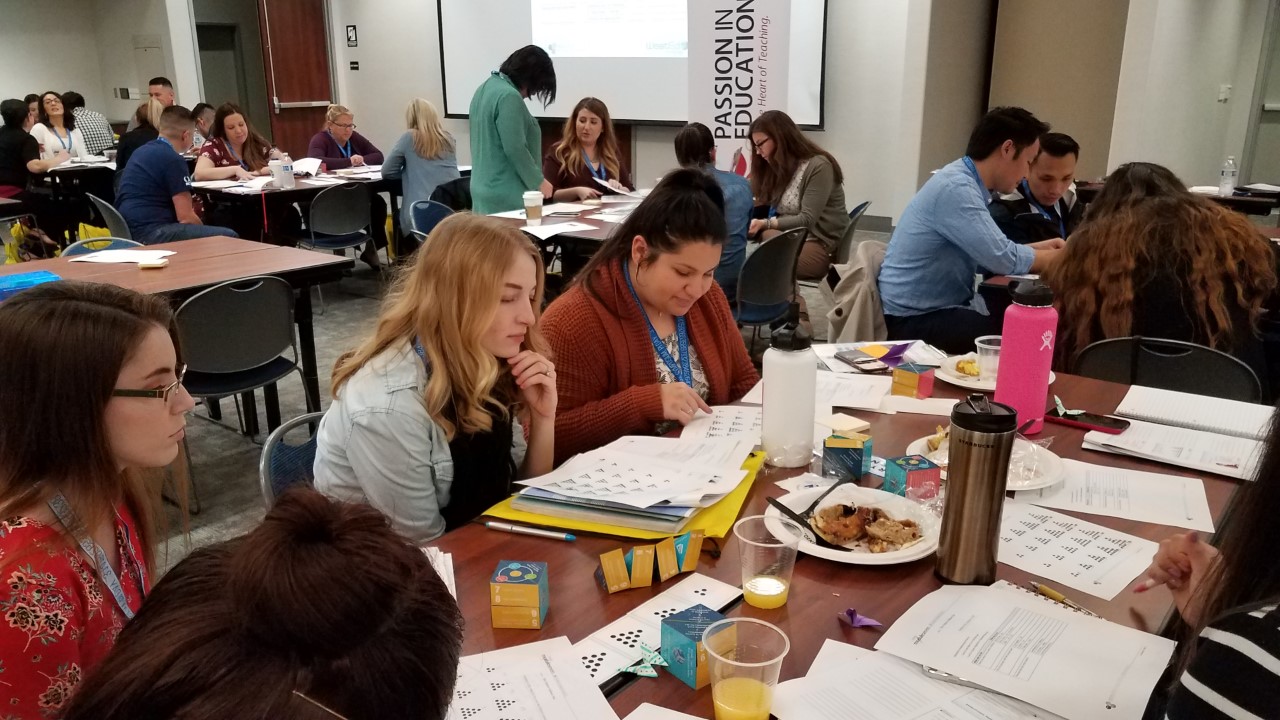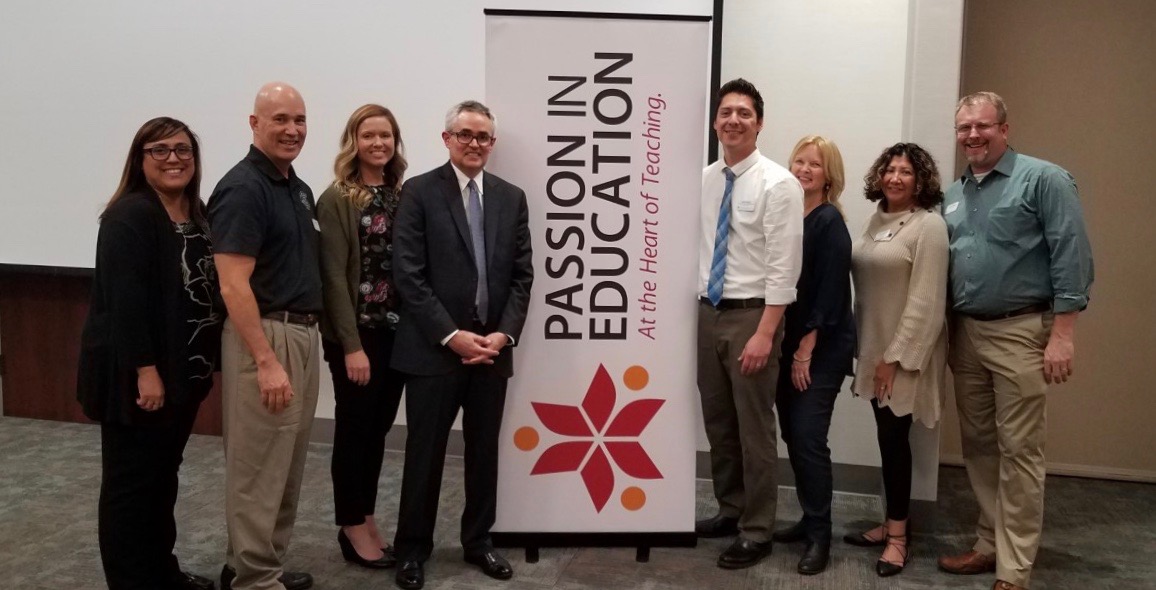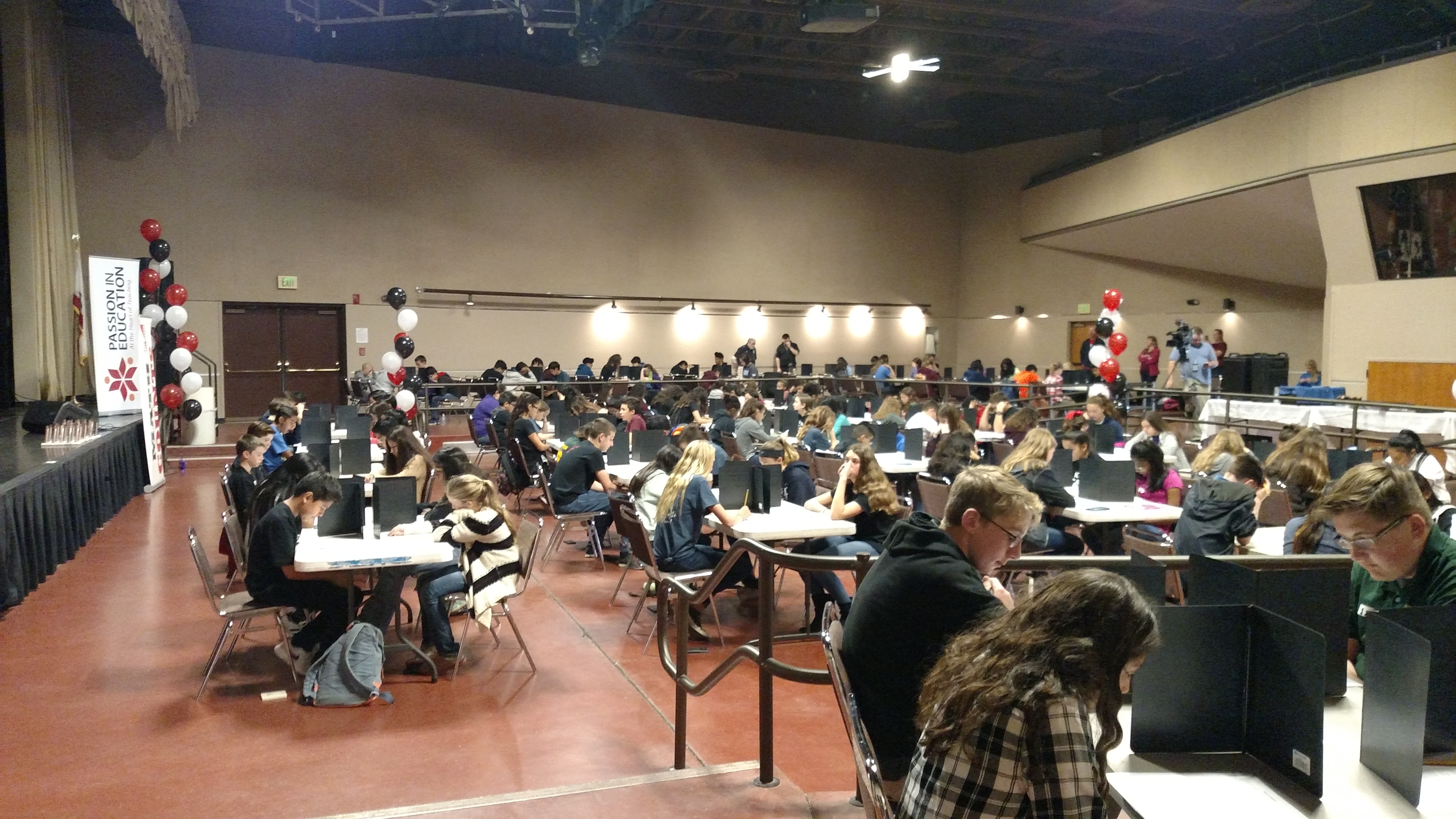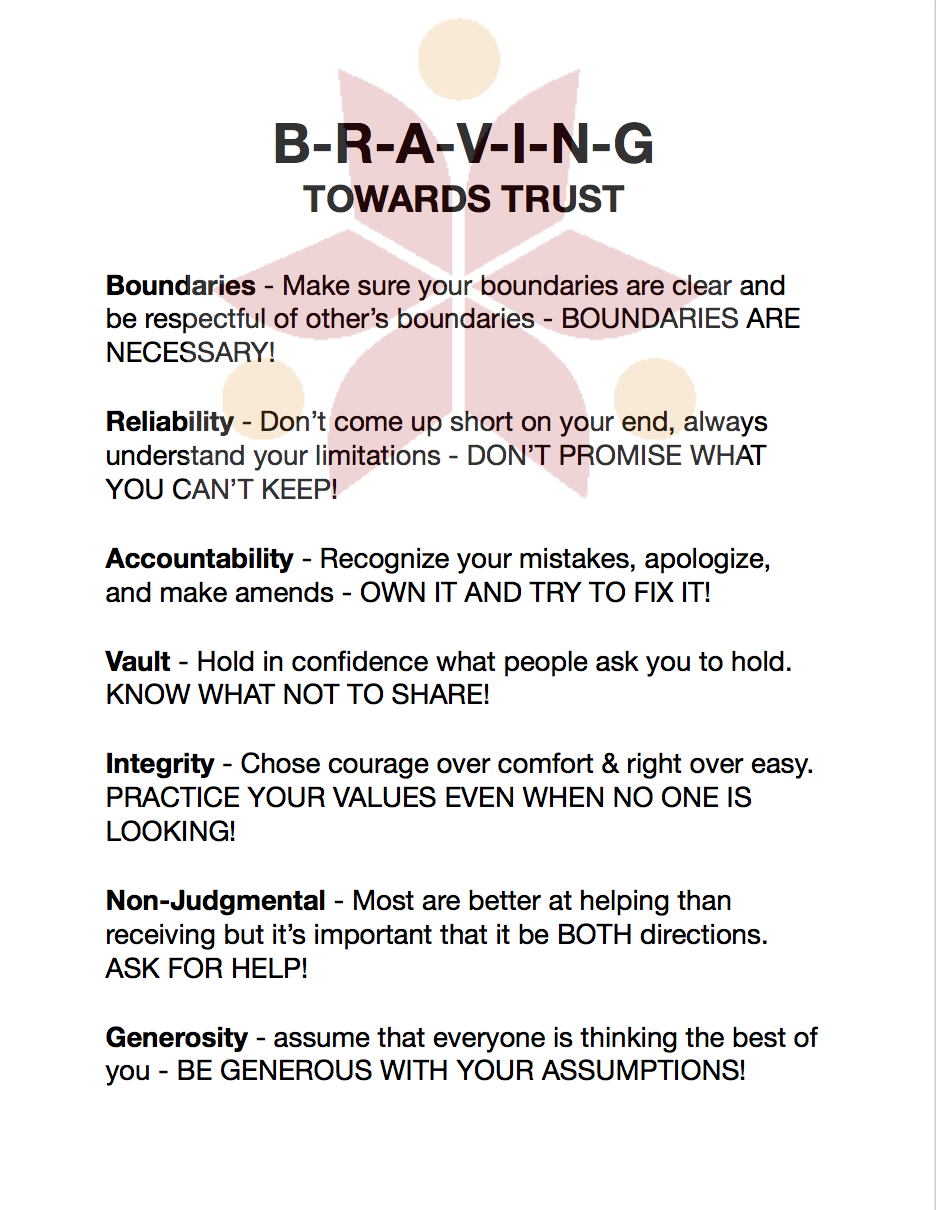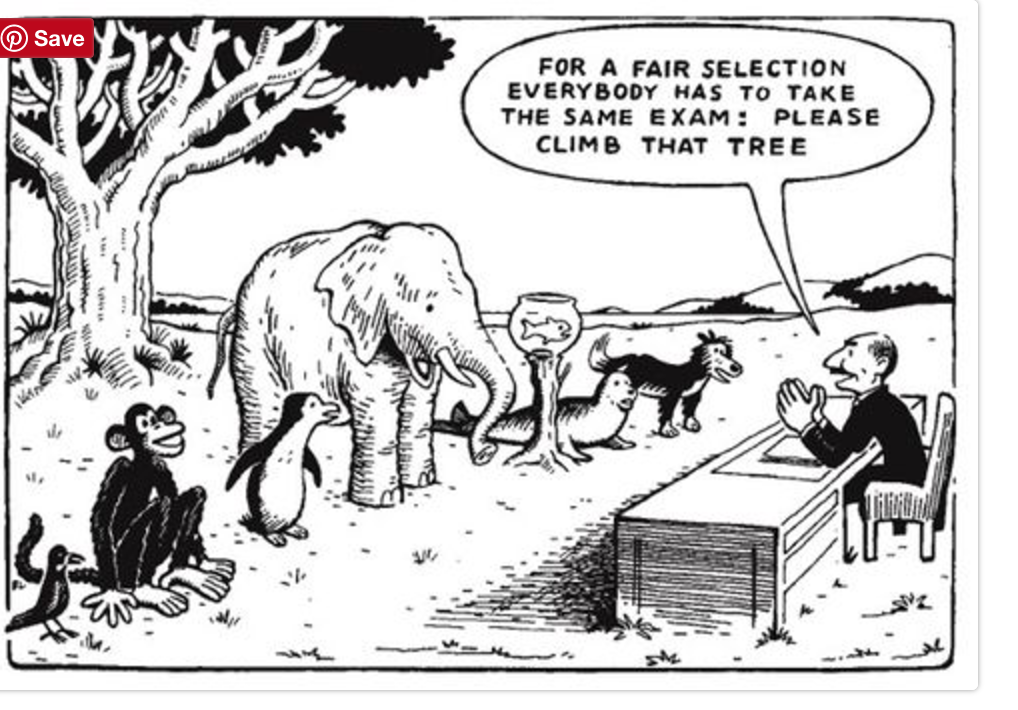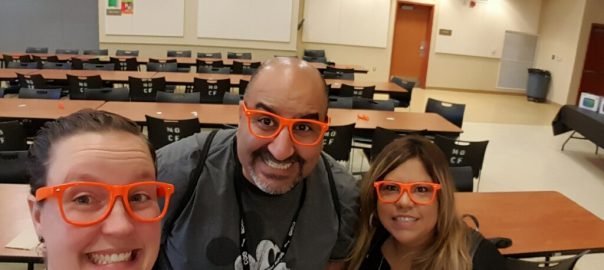Living with a learning disability can be a source of great frustration if it’s not fully understood – especially during a child’s school-age years. These disabilities have very little to do with a child’s behavior or level of intelligence. Rather, it comes down to understanding that people who live with learning disabilities are living with a different cognitive wiring than others.
For this reason, a learning disability can affect multiple areas of a person’s life well into adulthood. What can be helpful, however is early diagnosis and early intervention. By identifying a learning disability and implementing adequate and affordable tools for treatment, your child can have a full and productive life.
Types of learning disabilities
There can be a danger of generalizing all learning disabilities by saying that they merely cause difficulty with comprehension. The reality is there are multiple types of learning disabilities, and each have their own fingerprint.

According to the National Center for Learning Disabilities, about 10% of children in the U.S. live with some form of learning and attention issues. They range from the “specific learning disabilities” – which is the lawful designation under the Individuals with Education Disabilities Act (IDEA) – to the related but slightly different disorders that don’t quite get the same designation.
Here are a few of the more common types of specific learning disabilities and their traits:
Dyslexia
Referred to as a Language-based disability, where a person has trouble deciphering written words. This disorder makes it difficult to comprehend, recall, write, or spell words.
Approximately 15% of people have some form of dyslexia.
Dysgraphia
A learning disability that affects handwriting and fine motor skills. This disability can make it difficult to spell, write legibly, or think while writing.
Approximately 7% – 15% of people have some form of dysgraphia.
Auditory Processing Disorder
A sensory disorder that affects how the brain interprets sounds. Even if a person has normal hearing and vision, this disability can make it difficult to process sounds to make any meaningful connection.
Approximately 5% of children are living with a form of APD
Language Processing Disorder
A sensory disorder very similar to APD, but specific to interpreting language. This disorder makes it difficult to process words or sentences into receptive communication. Speech is also impeded.
The percentage of diagnosis is similar to APD, but there are specific areas of difference
Visual Perception Disorder
A disorder that affects how the brain processes visual stimuli. It can make drawing or copying shapes very difficult. It can also affect hand/eye coordination.
The symptoms and percentage of diagnosis can overlap with those of dyslexia, but there are specific areas of difference
Nonverbal Learning Disorder
A neurological disorder that affects the interpretation of body language, facial expressions, or other nonverbal communication. This disorder can also cause a person to have weaker visual-spatial and social skills.
Studies suggest that approximately 1% of people are diagnosed with a specific NVLD. However, this disorder is most closely connected to Asperger’s syndrome
Learning disorders are different from other conditions such as deafness, blindness, and autism. While these conditions can make learning difficult, they aren’t considered learning disabilities under Federal law. Also, attention disorders such as Attention Deficit Hyperactivity Disorder (ADHD) is often designated as a learning disorder, but it is not. Differentiating between attention disorders and specific learning disabilities can aid in proper diagnosis and helpful treatment.
Treatment for learning disabilities
If your child has a learning disability, it doesn’t mean they have an illness that needs to be cured. While they do have a lifelong condition, there are treatments that can allow these conditions to be managed.
It’s important to understand that there could be some co-occurring issues that arise with their disability that you may have to be prepared for as well. The key is to first educate your child about their disability so they can better understand their learning patterns. This will help to fend off any frustration when face difficulty related to their disorder.
Secondly, infusing learning exercises and other therapy tools into the daily routine can go a long way for positive reinforcement. In addition, it could encourage any gradual improvement in your child’s condition as they get older. Here’s more info on the potential co-occuring issues and practical treatment tips for each of the specific learning disabilities:
| DISORDER | MEDICATION | TOOLS/TECHNIQUES |
|---|---|---|
| Dyslexia |
|
|
| Dysgraphia |
|
|
| Auditory Processing Disorder |
|
|
| Language Processing Disorder |
|
|
| Visual Perception Disorder |
|
|
| Nonverbal Learning Disorder |
|
|
Educational resources for children with learning disabilities
Thanks to the Individuals with Disabilities Education Act (IDEA), it’s law in this country to provide free and appropriate public education to children with disabilities (FAPE). This means children who experience specific learning or attention-related disorders should be provided non-discriminatory, targeted educational services from infancy through age 21. Although these services can seem pretty straightforward, there are some unique traits that are specific to the child’s condition. It’s also important to note that not all children will be eligible for these services.
Eligibility
If you suspect your child should receive special education services, their public school will follow federal regulations to evaluate your child. There are two steps to this evaluation process.
The first step is an educational evaluation. This is usually conducted by the child’s teachers along with the school psychologist. The evaluation includes observing the child in the classroom and evaluating their academic records. A determination is also made during this stage whether or not the child has at least one of the 13 disabilities that are covered under IDEA. Afterwich, a report is written up.
The second step is the eligibility determination. Based on the evaluation, the school will decide if your child’s disability calls for special education services. Even if your child is shown to have one of the 13 covered disabilities, it still doesn’t guarantee that special services will be granted. The school may determine that despite your child’s disability, they are still learning at an acceptable rate within the general classroom setting. If special education services are granted, they will work with you to create an appropriate program for your child within 30 days.
Individualized Education Program (IEP)
Once your child is granted special education services, an Individualized Education Program is created. An IEP is a written statement, detailing the purpose, goals, and services related to your child’s needs. These statements are required for anyone who’s receiving special education.
It goes without saying, but it’s vital for parents to be involved with the development of the child’s IEP. It’s just as important for the student (if they’re of age) to be involved in the process as well. Specifically, students who will be transitioning to adulthood soon are encouraged to learn and have a say in as much as they can.

As the annual goals are met during the IEP, your child will be monitored to determine if any adjustments to the program are warranted. These can be helpful benchmarks if you decide to change schools or if there are any administrative changes. Regardless, your child must be reevaluated every three years to determine if they are still eligible for an IEP.
Professionals in the classroom who conduct various phases of the IEP include:
- A psychologist
- A speech therapist
- A physical therapist
- A vision or hearing specialist
- A special educator
Instructional intervention
While an IEP is a strategic plan to help your child learn successfully in the classroom, instructional interventions are methods of tracking their progress. These interventions exist within the overall IEP to allow you to work with educators to monitor the effectiveness of a program. If it’s determined that your child needs a little extra time or additional support on a subject, adjustments will be made through an instructional intervention.
These are usually more targeted towards students with standard academic or behavioral issues rather than students with specific learning disabilities. However, they can be effective in either capacity.
What if my child isn’t granted special education services?
Even though many children are granted eligibility for special education programs at their schools, there are a number who aren’t. It can be tough to get the news that your child has been denied, but it doesn’t mean that your options are eliminated.
504 Plan
If your child isn’t eligible for services under IDEA, schools may encourage you to consider a 504 plan. This is a plan that supports accommodations in the classroom to help manage your child’s learning and attention disorder. Unlike an IEP, a 504 plan doesn’t alter your child’s curriculum. It simply allows for some small adjustments to be made to the learning environment.
Some of the accommodations include:
- Sitting at the front of the class
- Allowing for extra time on tests/assignments
- Taking frequent breaks throughout the school day

Why might someone need to pay for treatment for learning disabilities?
Despite some of the helpful resources provided through the public school system, there are still instances where you’ll need to pay for your child’s treatment.
Your child is outside of the public school system
Some families don’t have access to resources simply because they aren’t in the public school system. Federal law dictates that all children be evaluated for learning disabilities. But free special education services are only provided to eligible public school attendees. Homeschooling or sending your child to private school doesn’t guarantee the same comprehensive coverage.
If your child is found to have a learning disability and they don’t attend public school, you have the option of either changing schools or staying with your private school and receiving equitable services. These are special services that are paid for through public school funding to provide some needed care. However, these funds are limited, so there’s a good chance the services will be limited as well. As a result, families who stay in private school will most likely need to pay for the outside care their child needs.
Here’s more information on special education services provided in private school:
Your child has therapy needs that aren’t provided by the school
Public schools are required to provide free and appropriate public education for kids with disabilities (FAPE). But they aren’t required to provide the very best services available. Your child may have needs that are a little more broad than what might be offered at their school. So purchasing additional services could make sense for you. Or, if you feel more comfortable with a specific private therapist and want to maintain that relationship, that’s also an understandable reason for going outside of school services.
Here are some forms of therapy you might consider if you’re searching for private options:
- Cognitive behavioral therapy
- Occupational therapy
- Social skills counselor
- Educational therapy/special needs tutor
- Speech therapy
Payment options for private learning disabilities treatment
If you’re in the position to seek private treatment for your child’s learning disability, the costs involved should factor into your decisions. Though the services through FAPE are free, including the educational evaluations, private evaluations are not free. Neither are the private counselors and specialized schools. Below are the costs involved with treatment for learning disabilities and some options for funding.
Assessments
| Performed by | Average cost | Funding options |
|---|---|---|
| Primary doctor | Insurance copay ($15-$30) |
|
| Pediatric Psychologist | $800-$200 |
|
| Psychiatrist (Cannot assess learning disabilities, but will recommend medication for co-occurring issues such as ADHD and anxiety.) | Insurance copay ($15-$30) |
|
Therapy
| Treatment | Average cost | Funding options |
|---|---|---|
| Cognitive-Behavioral Therapy | Up to $100 per hour or sliding scale based on income. |
|
| Speech Therapy |
|
|
| Educational Therapy |
|
|
| Occupational Therapy |
|
|
Private School
| Level | Average tuition | Funding options |
|---|---|---|
| Elementary school | $7,770 per year |
|
| High school | $13,030 per year |
|
Tax deduction and tuition reimbursement for private school
According to IRS Publication 502, you can include tuition (including room and board) for private school in your medical expenses when filing your taxes. This is an option only if you can prove that your child attends private school primarily for treatment of learning disabilities.
Even if the school is not primarily a special needs school, you can still take advantage of the option to classify your child’s education as a medical expense. It is, however still recommended that you speak to your financial advisor regarding this issue to avoid any miscommunication with your tax filings.
If you were approved for special education services but your public school is not working to adequately meet your needs, you could opt for placement in an approved private school as part of your child’s IEP. These private schools are licensed and approved for tuition reimbursement by the state.
If you prefer a different private school than the one your child is placed in, there’s a chance you could still be eligible for tuition reimbursement, but it depends on a couple of factors. First: Your school district doesn’t offer FAPE to begin with. Second: Your preferred private school is appropriate for your child’s needs.
Unsecured personal loans for disability services
When it comes down to paying for special needs services, leaning on health insurance and personal funds are among the more popular options. The truth is, not everyone is fully insured or confident enough about their financial standing to handle the expense.
An unsecured personal loan could be a helpful tool to offset some of your child’s learning disability needs. Unlike secured loans, an unsecured personal loan doesn’t require you to put up property as collateral (your home, your car). The last thing you want is to be concerned with the state of your assets if a default or something else unexpected were to happen. The hope is to leverage as many high-quality, affordable services as possible. And an unsecured personal loan could provide you with the flexibility and funds you need for your child’s care.
